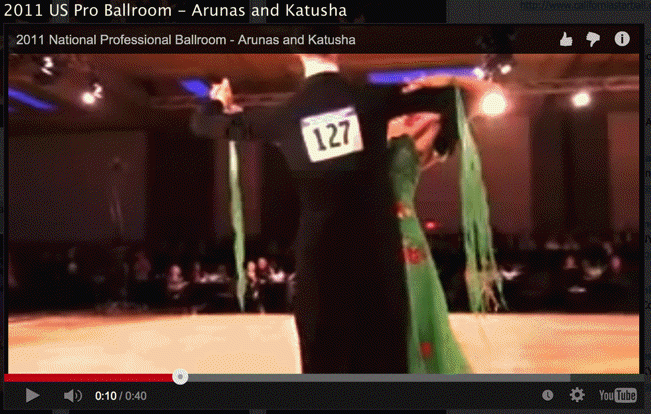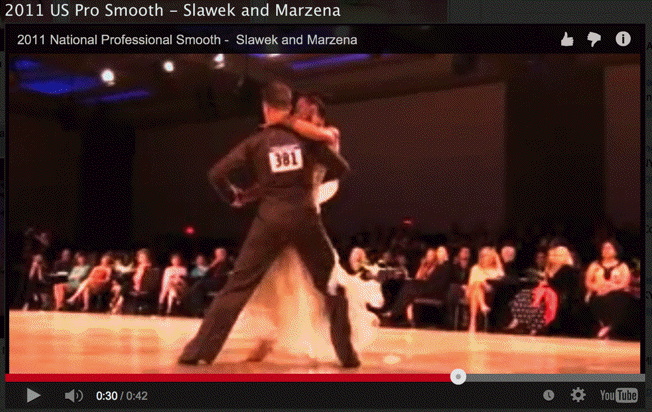Different styles of dance call for, or invite, more physical contact
in their Frame. Generally, the more (appropriate) contact there is
between two dancer's bodies; the easier it is to communicate without
words and move together.
Here are images of different styles of dance that use different
amounts of contact in their frame:
Waltz

http://www.ndca.org/videos-and-picture-galleries/2011-national-and-world-champions/2011-us-national-professional-championships/
Tango

http://www.ndca.org/videos-and-picture-galleries/2011-national-and-world-champions/2011-us-national-professional-championships/
Latin
I can't get clear enough pictures for some of the Latin styles of
dance. The motion of their dancing does not present well in still
images. You should follow this link (1)
and then simply watch the dancing in motion.
To experience the difference in amount of contact in frame, find a
willing partner and try the following:
- Stand facing each other with arms raised to shoulder height,
elbows bent and palms facing toward each other.
- Press your palms together, and apply constant pressure
against your partner as if you are holding a sheet of paper
pressed between your hands and don't want it to fall to the
ground
- Hold your upper bodies rigid as if your upper torso were in a
full cast
- Take turns leading each other forward and back or side to
side in straight lines
- Try leading a turn where both of you revolve around a
vertical axis between your bodies
- Try 'driving' around an imaginary traffic circle
For the second part of the test modify your body position;
- Stand toe to toe with your partner, then offset your bodies
so you will not kick your partner's feet or legs when moving
- Lean your upper body toward your partner and hug each other
around the shoulders so your chests are touching and your arms
are snug around your partner
- Repeat the same series of movements from before
With more physical contact it is easier to feel when a lead is
directing the motion of the couple.
Return to the page on Frame.
Bibliography